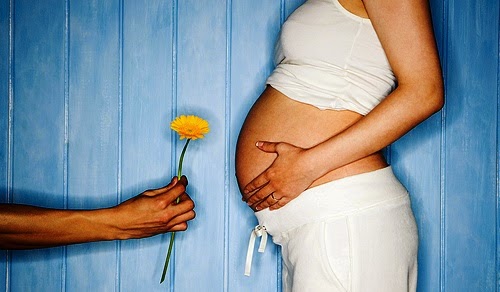PGD (Pre-implantation Genetic Diagnosis) is a genetic test performed on human embryos prior to implantation into the woman’s uterus. IVF treatment first needs to be performed in order to enable PGD testing. With IVF treatment, embryos are created in a laboratory environment by the fertilization of a woman’s eggs with sperm. When the embryos reach 6-8 cell stage (usually 4-5 days after fertilization) a biopsy is taken from the embryo to perform a genetic test called PGD. PGD testing helps to determine if the embryo has any genetic anomalies.
Humans have 23 pairs of chromosomes and in a typical PGD test, several pairs of these chromosomes most susceptible to genetic diseases are analyzed. There are many reasons why couples proceed with PGD.
In a typical PGD test the chromosomes, which are linked with Down syndrome and Trisomy are checked. The X, Y chromosomes, which determine the gender of the offspring is also checked for any genetic disease that may be passed on to a specific gender. This also enables the couple to know the gender and if desired to choose the gender of their offspring. This is commonly referred to as sex selection and is only allowed in a few countries like the USA, Cyprus and Thailand. In countries where sex selection is not allowed, the PGD testing is used to analyze gender related physical or mental anomalies. For example hemophiliac and Duchenne’s muscular dystrophy genetic disease is related with the X chromosome which only affects male embryos.
To whom is PGD performed?
Couples wishing to become parents, but have genetic conditions in their families such as Tay-Sachs disease, cystic fibrosis, muscular dystrophy, sickle cell anemia or Huntington’s disease usually choose PGD to make sure their offspring will be free from these diseases.
In addition to couples with genetic disease in their family, PGD is also recommended for older woman looking to become pregnant as the rate of genetic anomalies increase with older age. Women suffering from a history of miscarriages are also advised to go through PGD to increase the likelihood of delivering a health baby.
With today’s technology, virtually all chromosomes can be analyzed for genetic diseases. However, it is economically unfeasible to analyze each chromosome for every couple going through PGD testing. Therefore, in most cases, several pairs of chromosomes are analyzed that assesses the most common genetic disease. It is advisable to speak to your doctor if PGD is right for you and what type of PGD testing is recommended.
Take a look for further information...dunyaivf.co.uk/pgd


